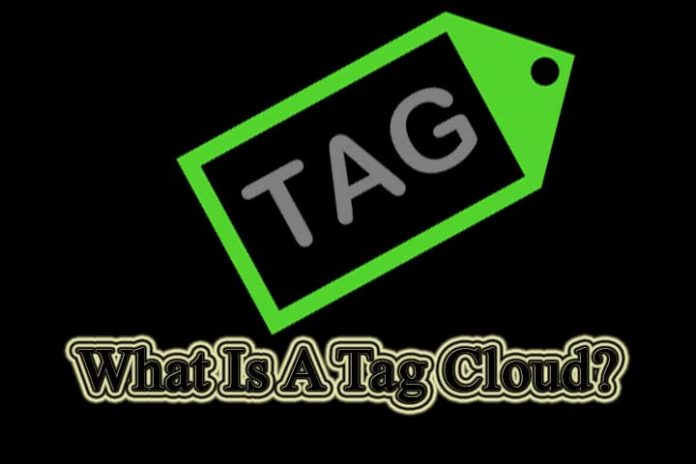The English term tag cloud, which can be translated as word cloud or keyword cloud, means the frequency of a word that relates to one day and other tags. The rule applies that the more important and more frequent a tag connection is, the larger and more conspicuous it is perceived.
The English term tag cloud describes a particular form of representation for the visualization of tags. In this way, the tags are displayed in a “cloud” of words, with the tag size indicating the frequency with which the respective tag occurs. In tag clouds, colours are also played with, and these are also used in the relevant blogs. With the help of such a tag cloud, the user can see which keywords there are articles on and where the blog’s primary focus is.
The creation of a tag cloud
The term tag cloud was already used in the early 1990s as a book cover for the work “A thousand plateaus. Capitalism and Schizophrenia” by Gilles Deleuze and Felix Guattari. In the online area, however, the tag cloud was only used by Jim Flanagan in 2002. In the meantime, blogs and portals such as Flickr use tag clouds to allow users to find certain content more quickly.
How tag clouds work
A tag cloud is a “weighted list”. This list is a formula or algorithm related to the frequency of a tag and the display size or colour.
The more often a particular tag is assigned to a piece of content, the larger the representation of the tag cloud and the more visible it is highlighted in colour from other tags. The tags are also provided with a link so that after clicking on a tag, each user can access all the content on a website for which this tag is stored.
Tag clouds for search engine optimization
In general, a tag cloud increases the number of internal links. Discussions are still taking place in search engine optimization as to whether this is useful. The focus should be on the benefits for the user. Furthermore, tag clouds are assigned consistently and consistently so that the tag cloud is of a reasonable size. The keyword assignment can be introduced into the website’s structure so that a tag cloud still appears to be helpful.
That’s why SEO should always ask themselves whether a tag cloud appears to be a valuable addition to the user experience or whether a tag cloud, which is linked to categories and navigation, doesn’t seem somewhat confusing.
Example
The wordle.net Java page is, for example, a Wordle-based Tag Cloud, which is considered visually appealing and was generated with Java. The disadvantage here is that the tag cloud terms are not linked, and the element is only visible as a Java plug-in, so search engines cannot use the component.

